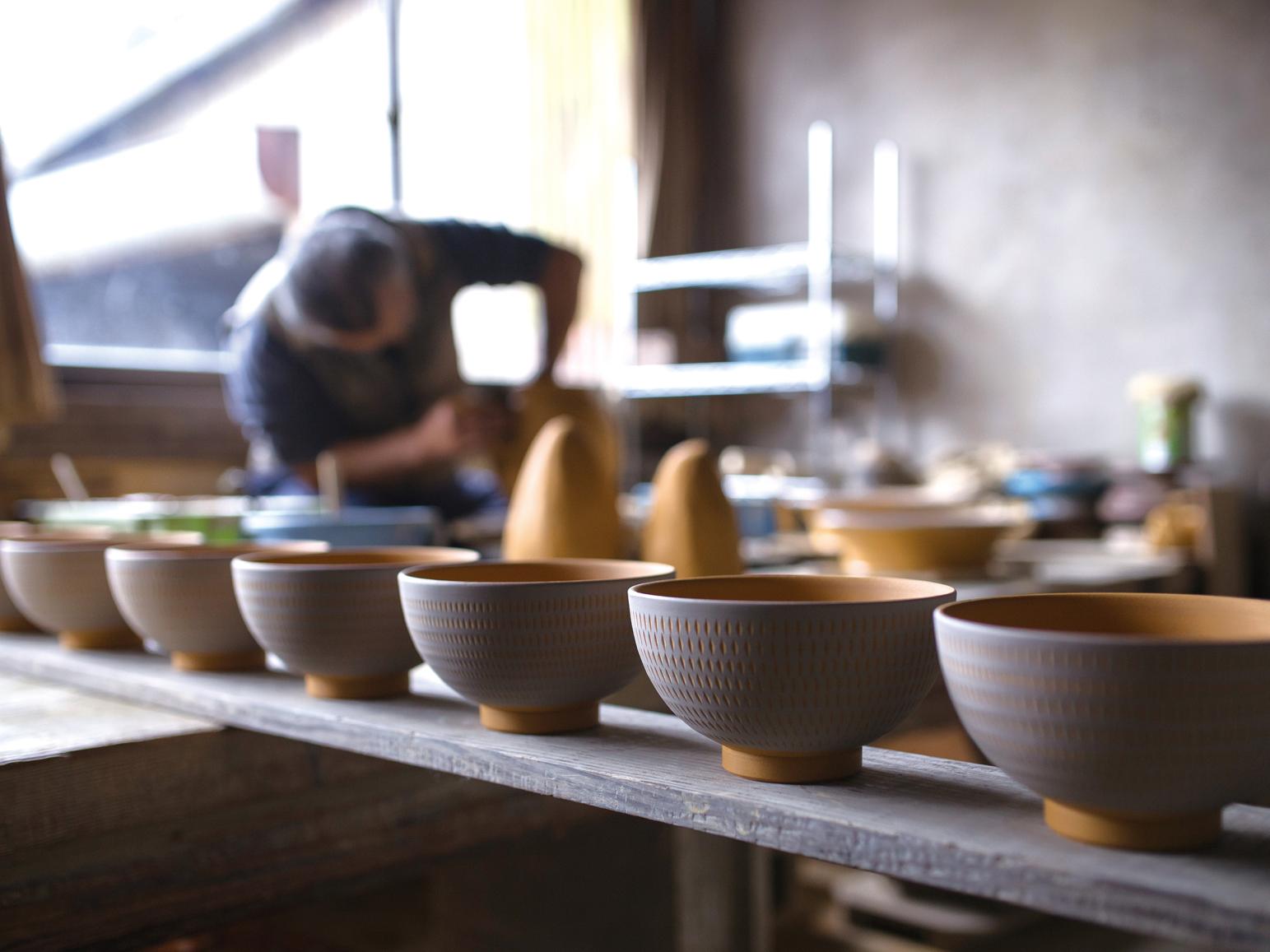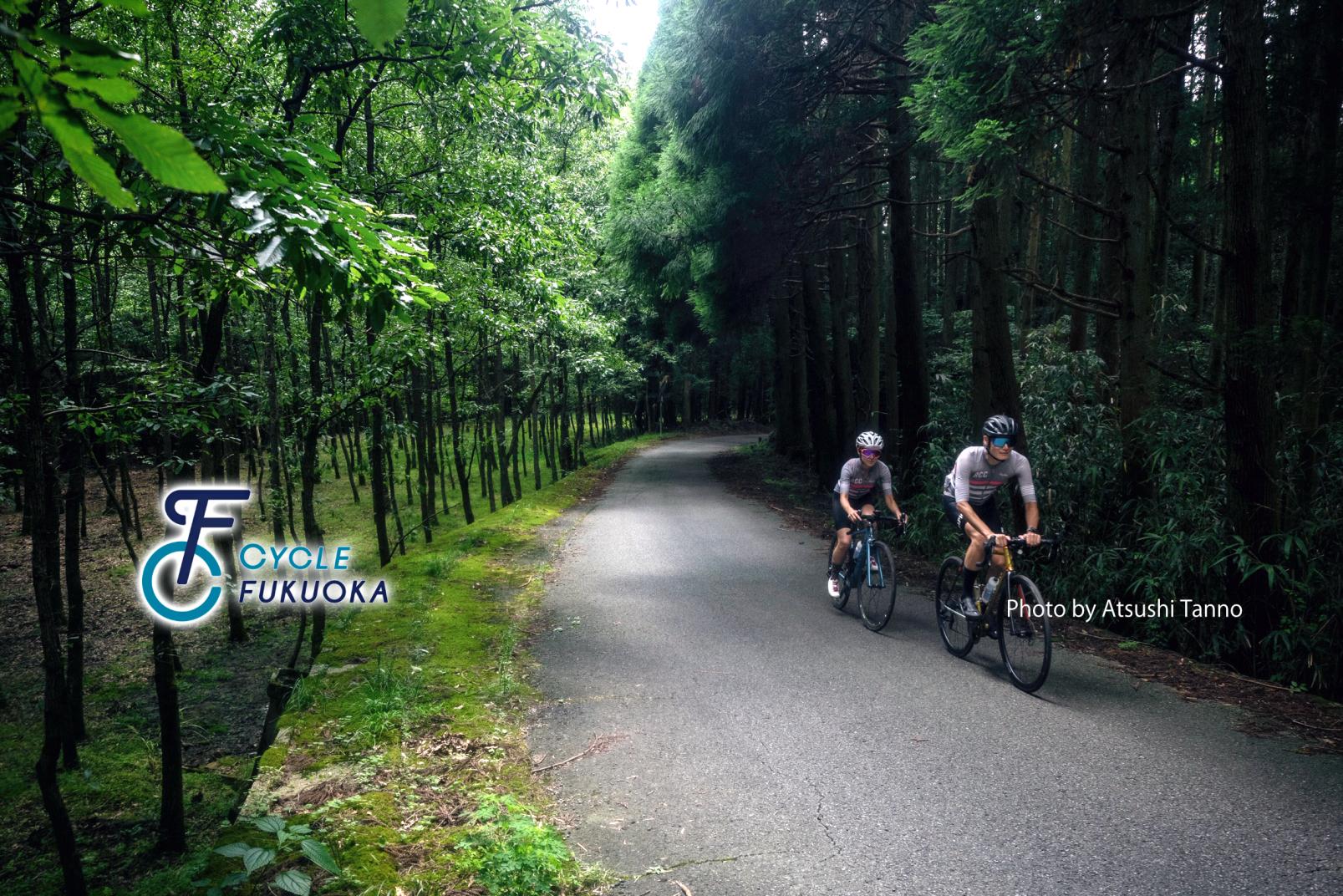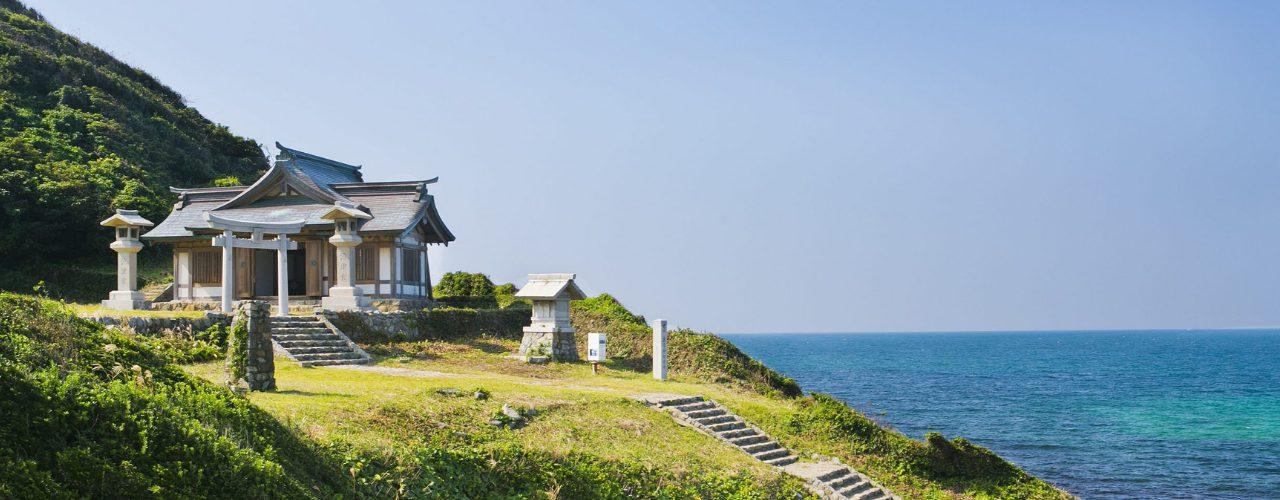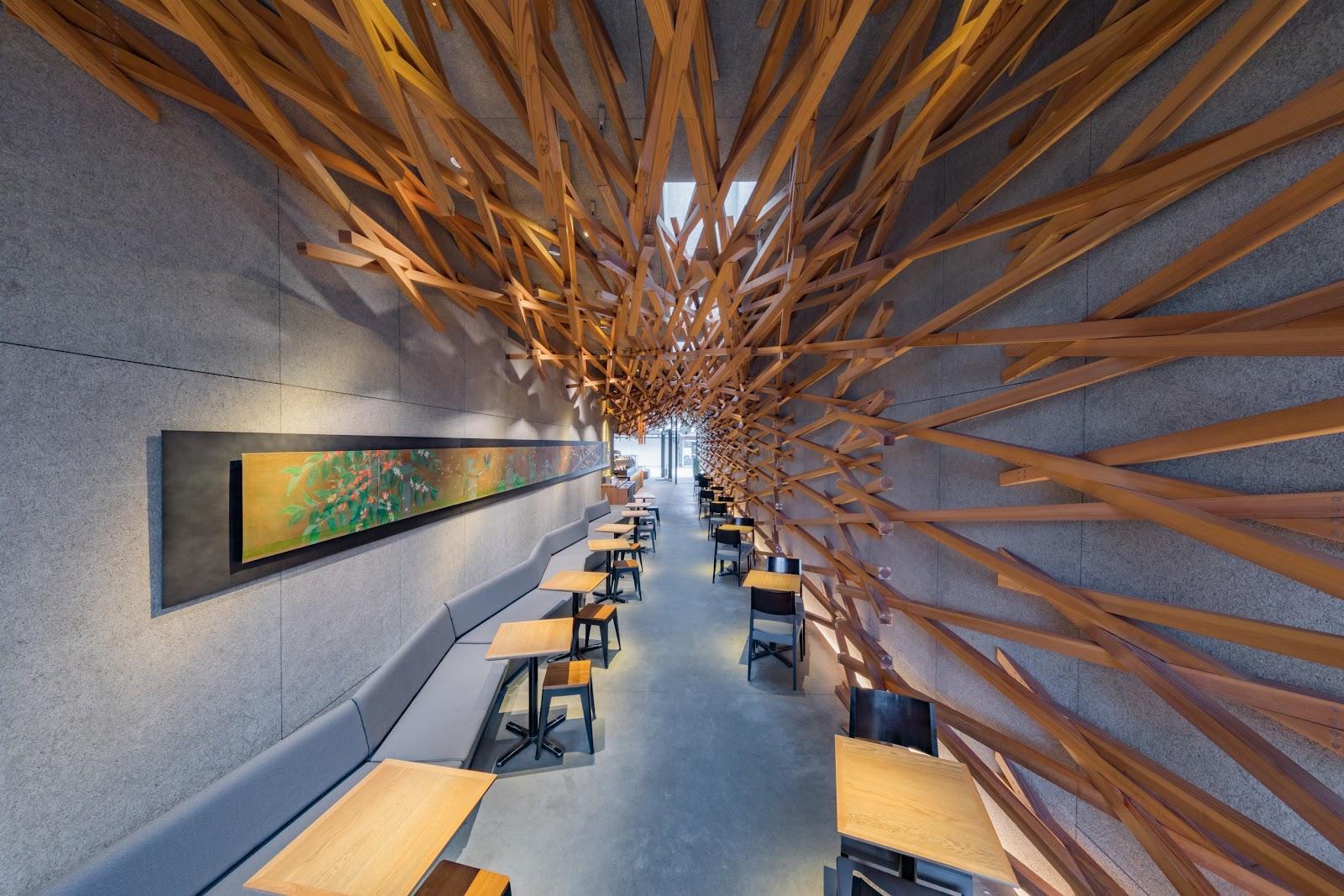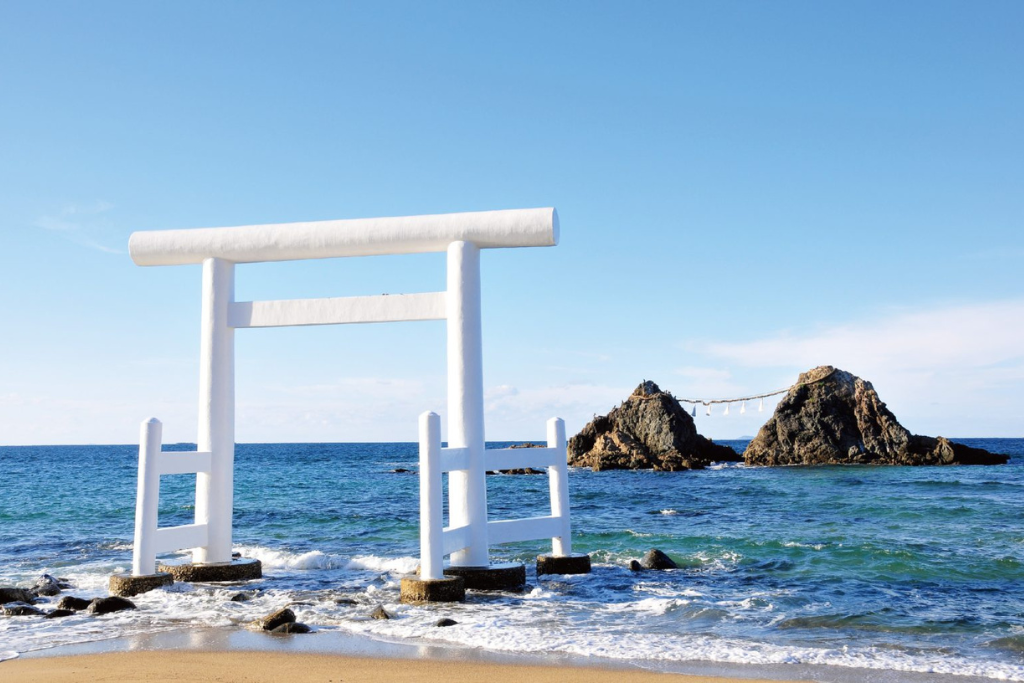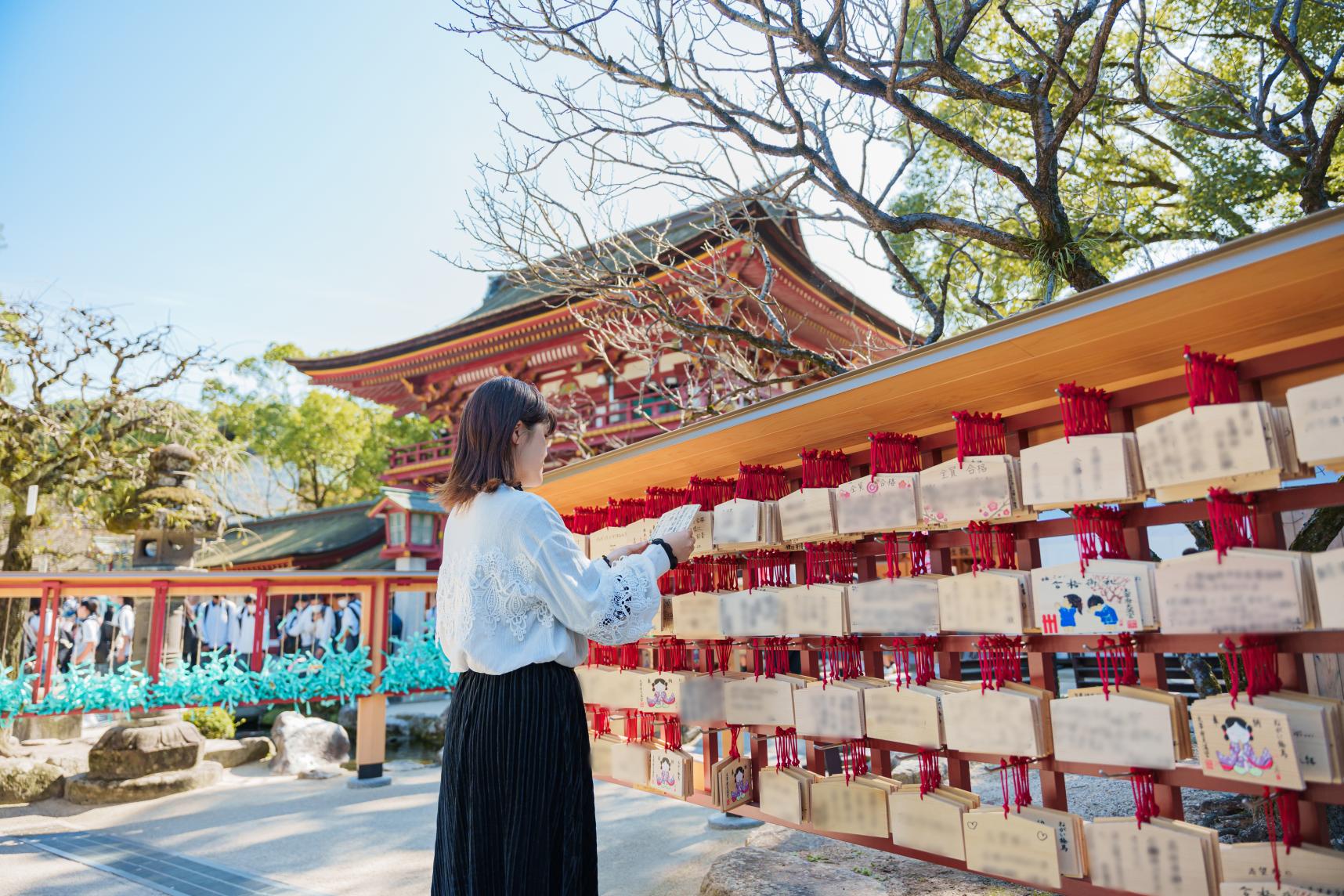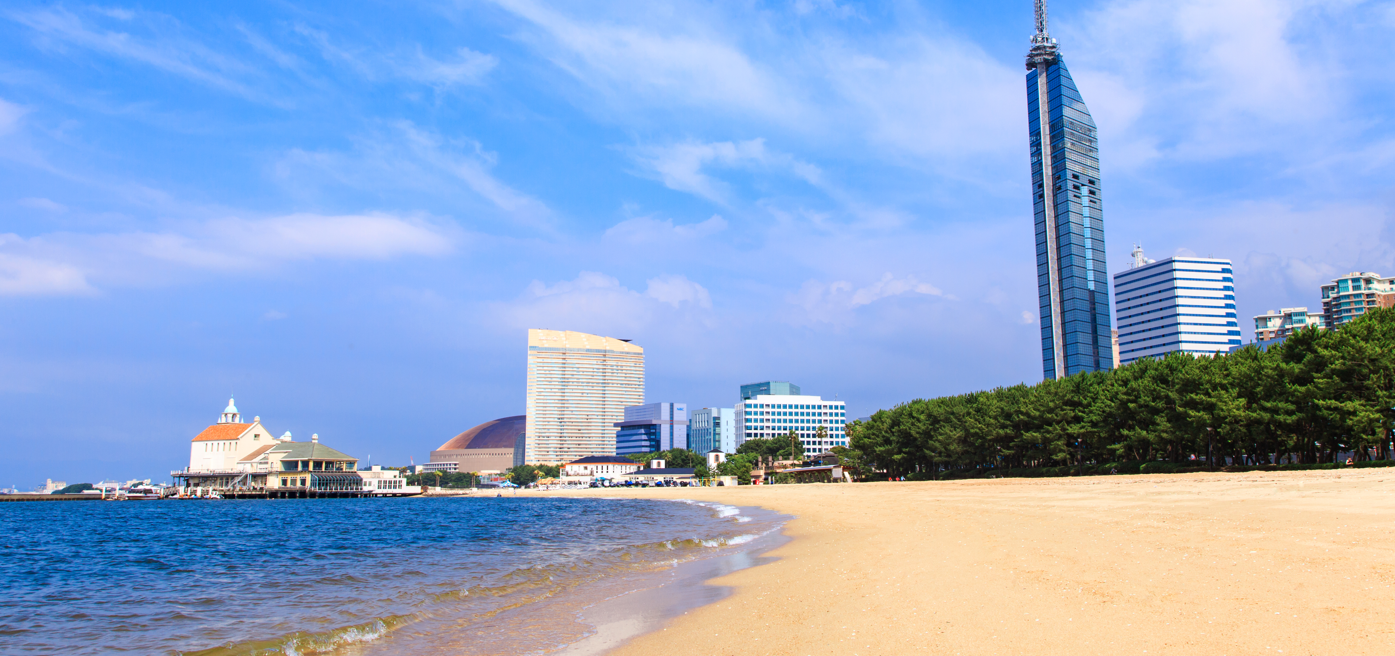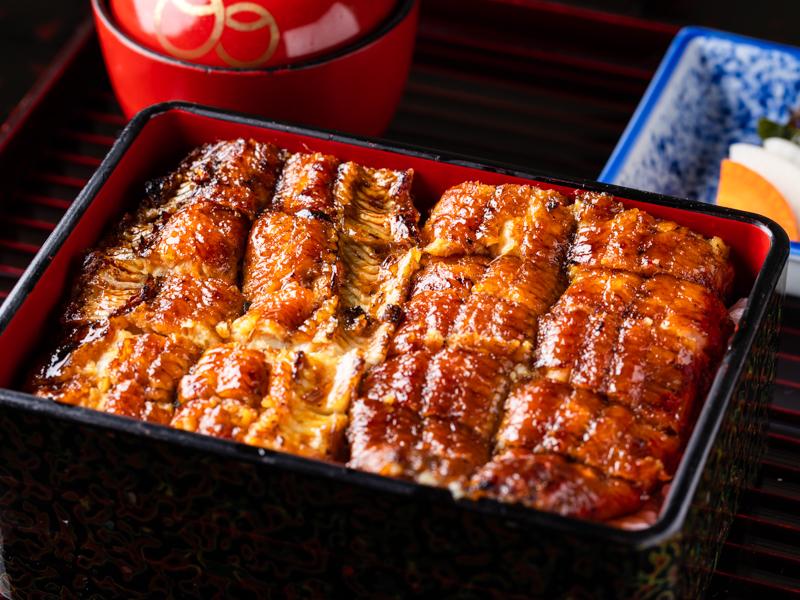
Japan’s top eel chef continues to innovate while preserving tradition
An interview with Dai Ogata, the fourth generation to run Inakaan, in business for 90 years; A close look at Japan’s finest eel dishes and the techniques that earned their reputation as the best in Japan
Japan’s leading eel restaurant with 90 years of history
Kokura is the name of a bustling downtown district in Kitakyushu City. In the middle of this area, lined with pubs and bars, stands a restaurant with a relaxed Japanese ambiance. A carved wooden sign above the entrance reads “Inakaan.” As you pass through the breezy, pure-white, hemp shop curtain hanging over the entry and open the sliding lattice door, the aroma of fragrantly-burnt sauce begins to tickle your nose.
Inakaan, founded in 1926, specializes in eel dishes and is currently run by Dai, who inherited operation of the restaurant from his father, the third generation of the family to be in charge. His predecessor and father, Hiroshi Ogata, is colloquially known as the “god of eels” for his vast eel-related knowledge and capabilities. He is such a master chef that, in addition to being covered by national news outlets in Japan, he also receives invitations from overseas.
Today, Dai, the fourth generation to run the restaurant, showed me around in place of his father, Hiroshi, who was away filming a television appearance. Following a quick greeting, he first invited me to take a look at the kitchen, where I was greeted by a tub of plump, impressive-looking eels thrashing and squirming.
He grabbed ahold of one of them, and neatly dressed it, separating the meat, bones and innards in the blink of an eye. The entire process took no more than twenty or thirty seconds. …I’m already spellbound by his level of skill.There is a saying in this business – “It takes three years to learn to skewer, eight years to learn to split, and a lifetime to learn to grill” – which is a metaphorical way of expressing the extreme amount of training and practice that is required to become fully capable.
Dai said, “In reality, if you practice every day, you can learn to skewer slices of meat and split eels open all in about three years. However, even now, after thirteen years of experience, I still don’t consider myself a full-fledged chef.”He talked with a cheerful smile on his face as he continued to skillfully dress the eel in front of him. He lined up strips of meat that he had cut into uniform lengths and skewered them with twelve 40cm-long metal skewers. Then, standing in front of the charcoal, he announced, “Okay. Now it’s time to grill.”
The key to grilling delicious eel – “Feed them with the flames”
Dai inserts his metal skewers through the slices of meat in a fan shape, which he then rhythmically rolls up to the left and right over the charcoal flame. Long before it finishes cooking, once the eel begins to show signs of grilling, he sprinkles it with cold water, then repeatedly pricks the skin using a metal skewer as he continues to grill. This process of rolling the skewers while grilling, sprinkling cold water in the middle, and pricking the skin with a skewer is unique to Inakaan.
“Eel skin is composed of two layers with a gelatinous substance on the inside, which is why it has such a squishy texture. Rolling the eel while it’s grilling opens cracks in the skin to dissolve that gelatinous substance. Then, we continue to slowly grill while ensuring that the entire eel gets coated with the fat that melts out. This is how we’re able to make full use of all the eel’s delicious flavors.”
Why sprinkle on cold water in the middle of the grilling process?
“At our restaurant, we thoroughly grill for about thirty minutes – until just before the eel starts to char. This takes a long time, so we use cold water to lower the temperature to keep the thin portions of the meat from charring. This enables us to cook even the thickest portions of the eel evenly.”
While taking the time to slowly grill the eel, he preserves its overall shape by pricking the skin with a metal skewer to prevent the meat from crumbling.
In addition to this grilling method, the restaurant also uses a unique technique to apply sauce. Once the eel is grilled, most restaurants will dip it into a tub of sauce and place it back on the grill. However, at Inakaan, the sauce is poured over the eel while it’s still on the grill.
“We do it this way for two reasons. One is to prevent the temperature of the eel from dropping as it’s dipped into the sauce. The other is to expose the eel to the smoke. When we pour the sauce on, the fat that drips off gets burned by the charcoal, and a plum of smoke rises up all at once. Enveloping the eel in this smoke enhances its aroma and makes it even more delicious – the same as smoking any other type of meat.”
Three grilling steps and a finishing sauce… This unique set of techniques removes any unpleasant smells or skin textures and leaves behind only the delicious flavor of the eel, creating the best grilled eel in Japan.
A custom preserved for hundreds of years since the Edo period (1603-1867)
It is interesting to note that there are regional differences in cooking methods. For example, in the Kanto-style, popular in the prefectures near Tokyo, the eel is opened from the back, grilled and then steamed, and in the Kansai-style, popular in the regions surrounding Osaka, the eel is opened from the belly before grilling. According to one theory, owing to the strong influence of samurai culture in the Kanto region (encompassing the prefectures of Gunma, Tochigi, Ibaraki, Saitama, Tokyo, Chiba and Kanagawa), eels are said to be opened from the back to avoid any connotations with seppuku, the ritualized “belly-cutting” style of suicide practiced under the samurai code of honor. However, according to a more established theory, people used to steam eels to remove the muddy smell attached to eels raised in contact with the Kanto soil, so they began to open their eels from the back to prevent the steamed meat from crumbling.
The popularity of grilled eel began to spread from around the 17th to 18th century. This was influenced by the development of the sauce, which combines the fragrance of soy sauce with the sweetness of mirin, a type of sake lower in alcohol and higher in sugar. The common people in Edo fell in love with this sauce, resulting an upsurge in the number of grilled eel restaurants. The popularity of eel was further driven by Hiraga Gennai, inventor of the Elekiter, a hand-operated static electricity generator, and a scholar of Western sciences.
Like other fish, eels were originally considered most delicious when caught in winter, when they are richer in fat. When the owner of an eel restaurant that was having trouble making sales during the summer asked Hiraga Gennai for help, he posted a sign at the entrance that read, “Today is the Midsummer Day of the Ox.” This drew people’s attention, and ultimately popularized the custom of eating highly-nutritious eel on the Midsummer Day of the Ox* as a way of overcoming the summer heat.
“Day of the Ox” refers to one of a cycle of twelve days according to the Chinese zodiac; “Midsummer Day of the Ox” refers to a Day of the Ox that falls between July 19 and August 7.
Indeed, in terms of nutrition, eel is rich in vitamin A, which improves your body’s resistance, and vitamin B, which aids in recovering from fatigue. So, the ad hoc measure employed by this Edo-period scholar of Western learning is actually backed up by evidence from nutritional science, and even now, hundreds of years later, it is still customary to eat eel on the Midsummer Day of the Ox.
Raising eels as well as Mother Nature
Eels have been a component of the Japanese diet for more than 300 years, but the industry that supports that tradition is facing a harsh reality. Over the last fifty years, the annual catch of free-range eels has fallen by more than 2,000 tons. Now, 99% of all eels sold are raised in eel farms. Eel farming in Japan began in 1879. Naturally-grown eels were abundant in the region up until around 1955, when the catch dramatically dropped off and the eel farming industry began to take off.
These days, free-range eel has become a luxury item, and the price of one kilogram of eel-fry and larvae has soared to three million yen (roughly 26,000 USD as of December 2021). As such, in order to continue serving delicious eel to as many customers as possible, Inakaan has established relationships with eel farmers and wholesalers capable of providing a stable supply of high-quality eels.
One such supplier is a fish farm located in the Minoshima area of Yukuhashi City, a little less than an hour’s drive from Kokura. According to Yasushi Moribayashi, who has run a wholesale business here for almost twenty years, “Eels taste differently depending on where they are raised.”
He continued, “People tend to assume that eels raised in clear streams are more delicious, but where the water is clean, the eels only eat algae, which makes them taste bland. However, slightly muddy waters, such as near the mouth of a river, are rich in asari clams, razor clams, shrimp, crabs and other marine life, so it’s possible to catch deeply-flavorful eels.”
This fishery deals in free-range eels, but there also exist farmed eels that are every bit as delicious as those raised by Mother Nature. Another supplier is a fishery located on Tanegashima, an island belonging to Kagoshima Prefecture. Here, instead of using a man-made tank, the eels are raised in a non-temperature-controlled pond in an environment very similar to that found in nature. Eels raised under these conditions are firm and as tasty as those raised in the natural environment.
Dai said, “I often hear elderly people say that eels used to taste better a long time ago. But just because the number of free-range eels has declined doesn’t mean it’s impossible to enjoy delicious eel dishes. In 2014, my father, a group of eel farmers, and I launched a project to create the best eels in Japan, and right now, we are attempting to raise farmed eels that are even more delicious than those caught in the wild.”
Globe-trotting eel chefs
Once each year, Dai and his father Hiroshi receive an invitation from the town of Comacchio in northern Italy. Comacchio is well-known for its eel production, and every year from late September to early October, the entire town comes together to hold its traditional Eel Festival.
The two visited the town several years ago after being introduced by an acquaintance, and ever since, they have travelled there every year to treat the local residents to Japanese-style eel dishes. Now, even the mayor personally comes out to greet them.
Dai said, “According to records, people used to eat eel in ancient Greece and Rome in a manner very similar to kabayaki, the Japanese-style of grilled eel. They would split the eel open from the back, and season it with fish sauce, honey, pepper, wine, and herbs. They used fish sauce in place of soy sauce, honey and wine in place of the sweetness and alcohol content of mirin, and herbs in place of Japanese peppers. Considering this history, Europeans might have an affinity for the taste of kabayaki.”
In recent years, the coronavirus pandemic has made it difficult to travel overseas, but before, they used to receive requests from the Italian town of Comacchio to hold cooking classes.
Once the ban on overseas travel is lifted, the scope of their activities will surely expand even further.
Inakaan sublimates this 300-year-old traditional dietary culture in its own unique style, and from this platform, it continues to further weave its own history, expanding out into the world.
Profile
Inakaan
Dai Ogata
The fourth generation of his family to own and operate Inakaan. Inherited management of the restaurant founded by his great-grandfather, and also actively works to disseminate information on eels and Japanese cuisine to the world.
Inakaan
1-1-13 Kaji-machi, Kokurakita Ward, Kitakyushu City, Fukuoka Prefecture
+81-93-551-0851
Interview and text:Sakiko Kobayashi(Chikara)
Translation:Aaron Schwarz
Photography:Kazuhiro Kaku
Project Direction:Chikara


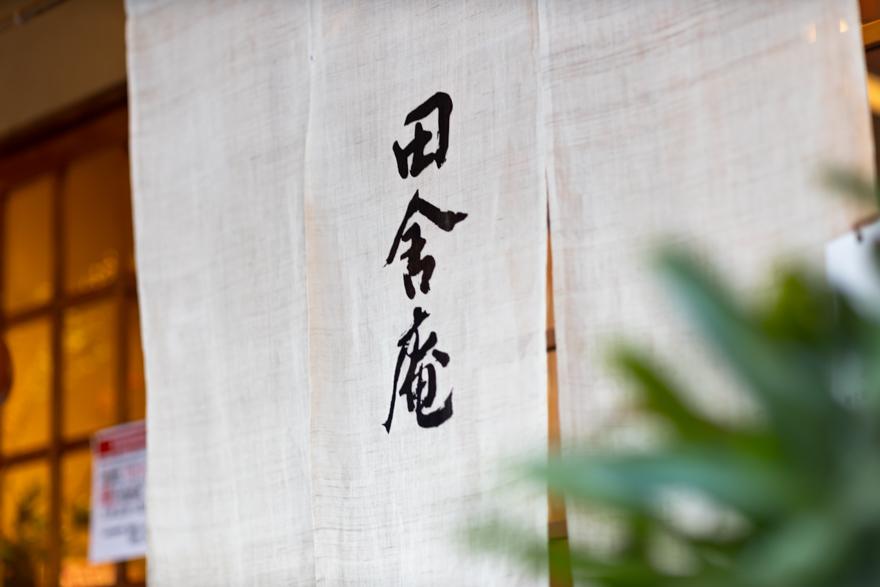
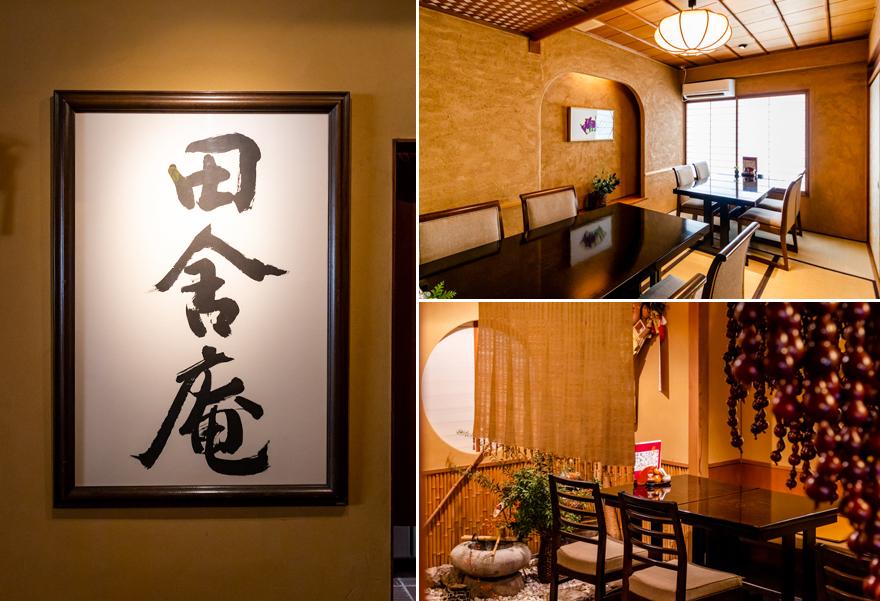
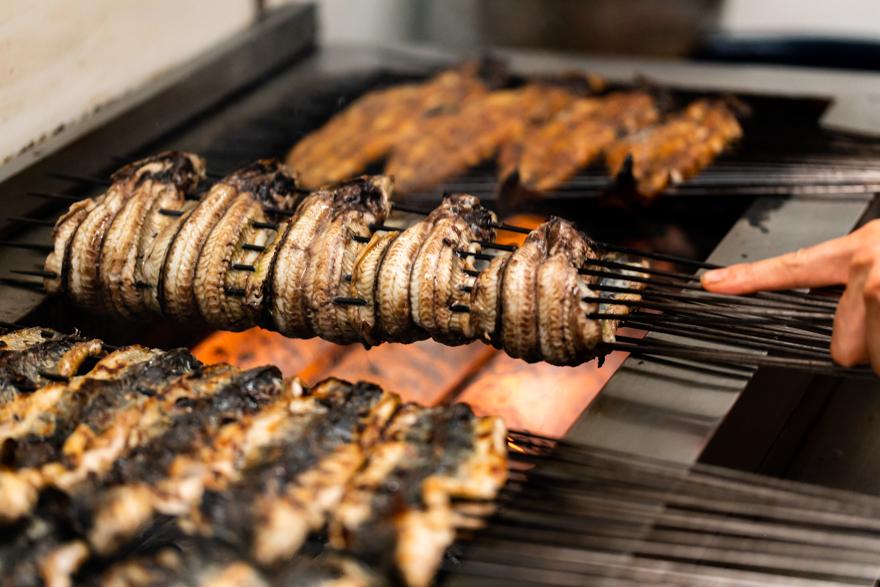
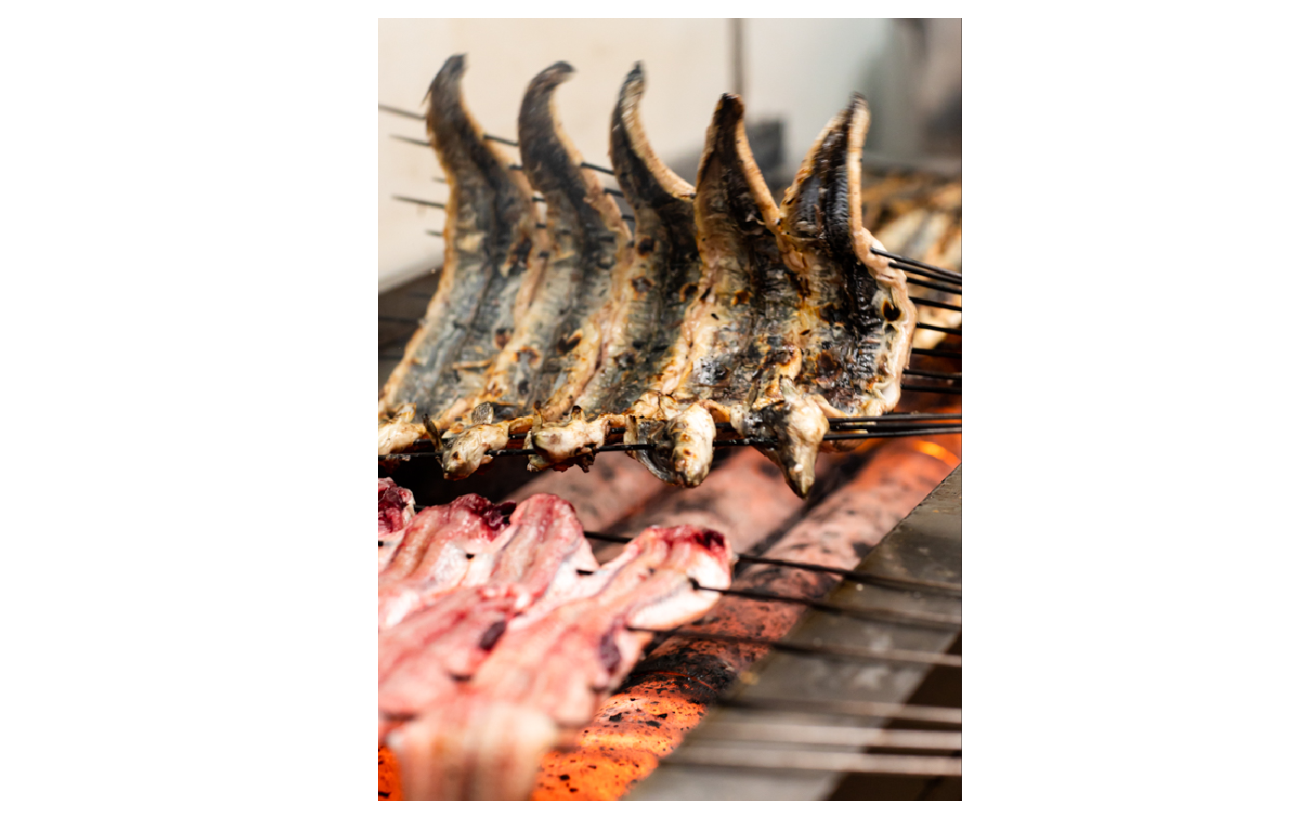
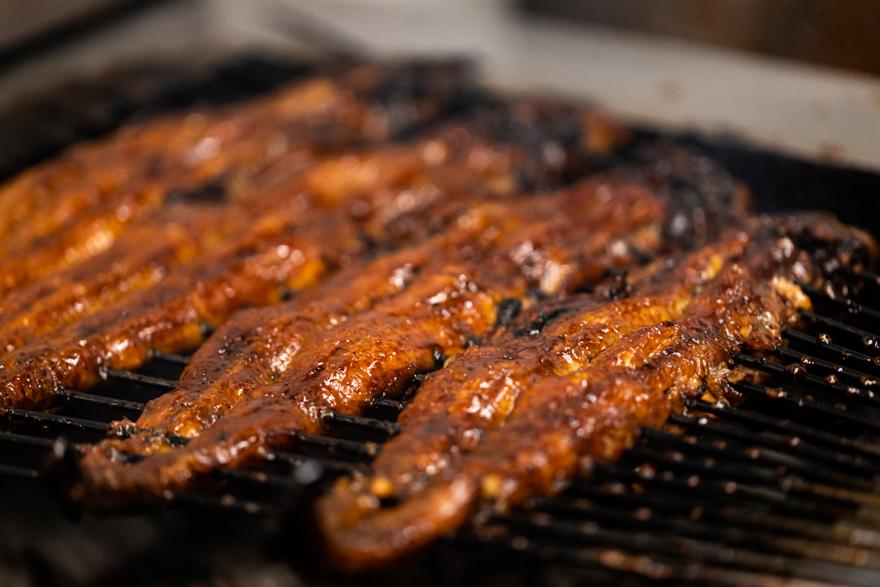
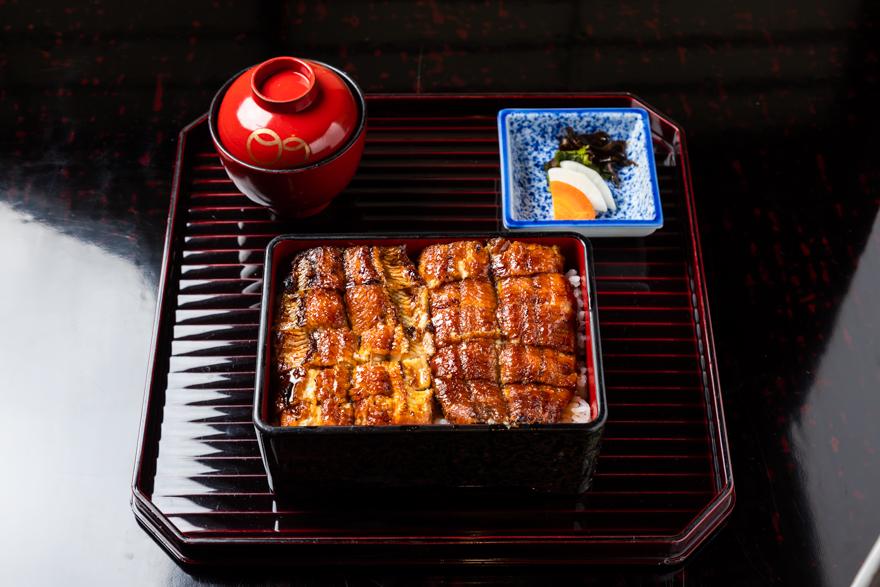
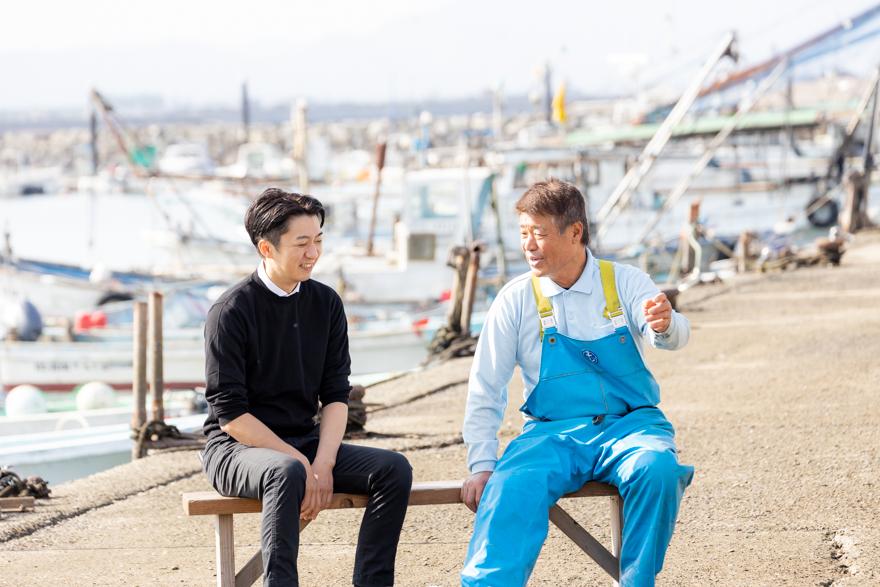
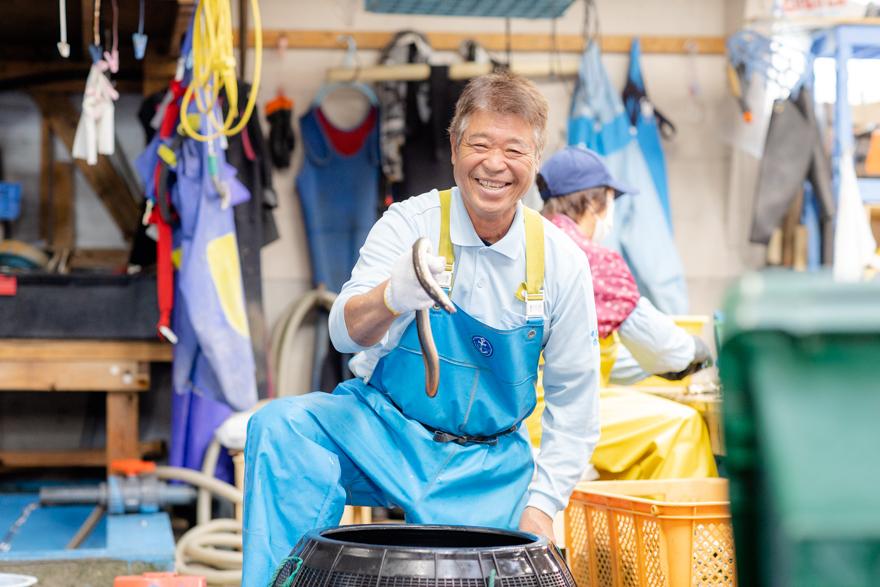
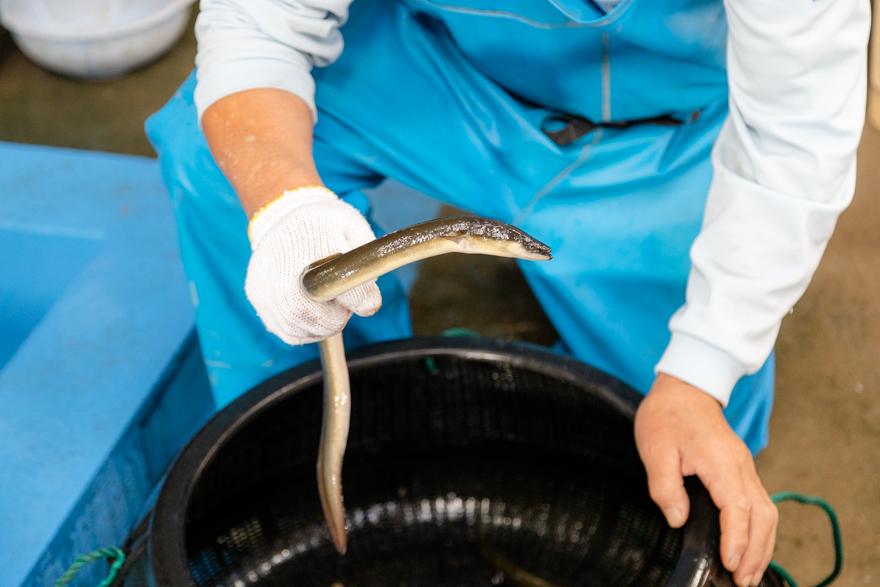
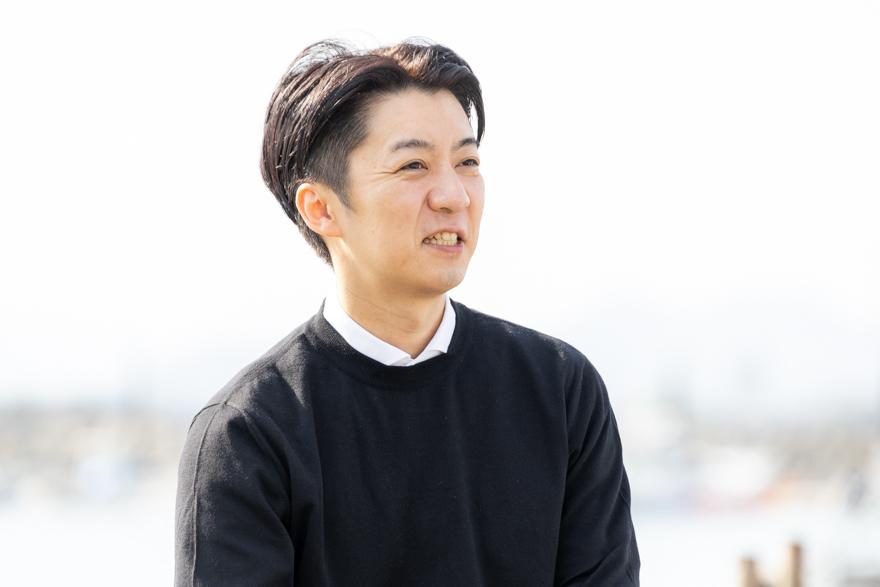
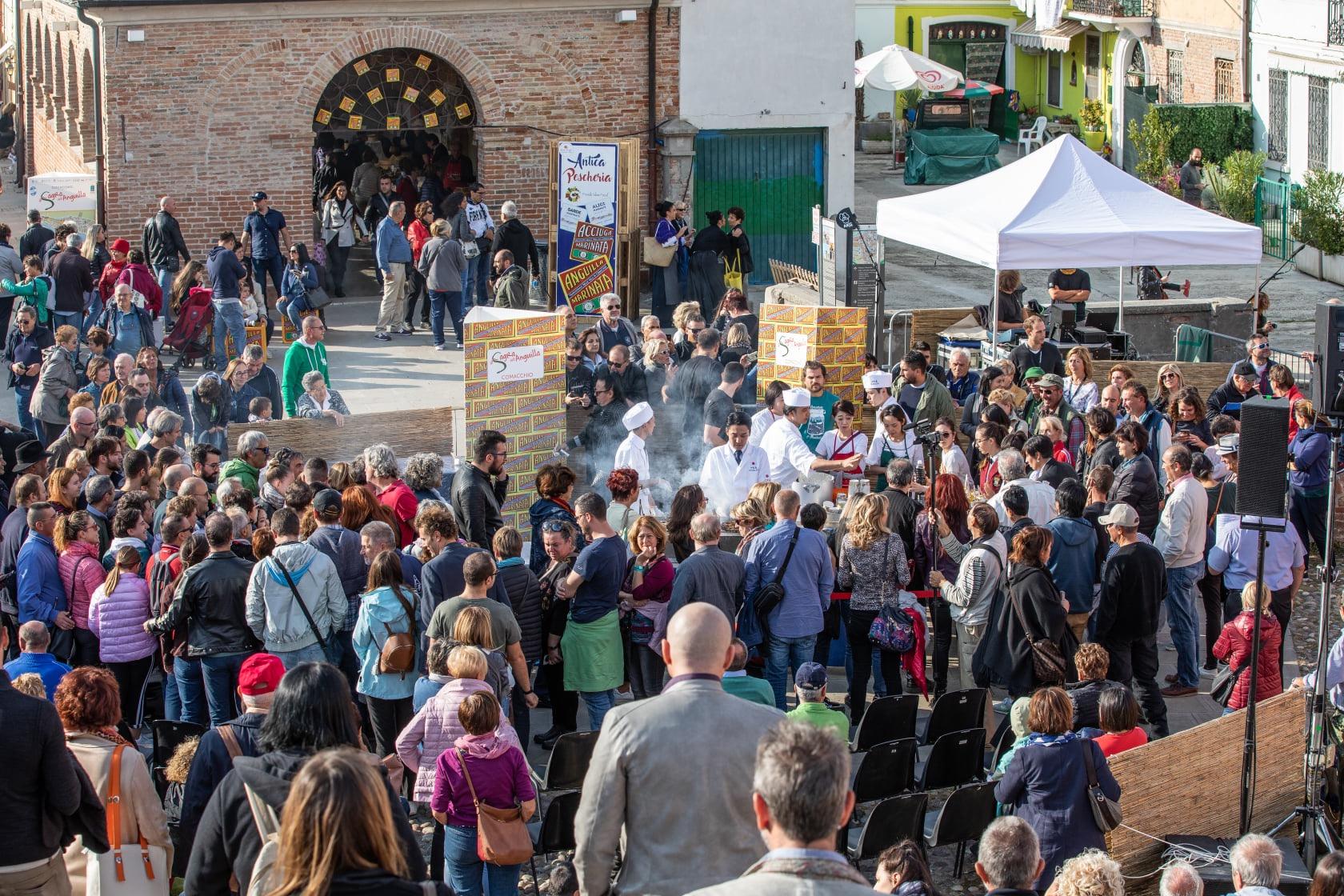
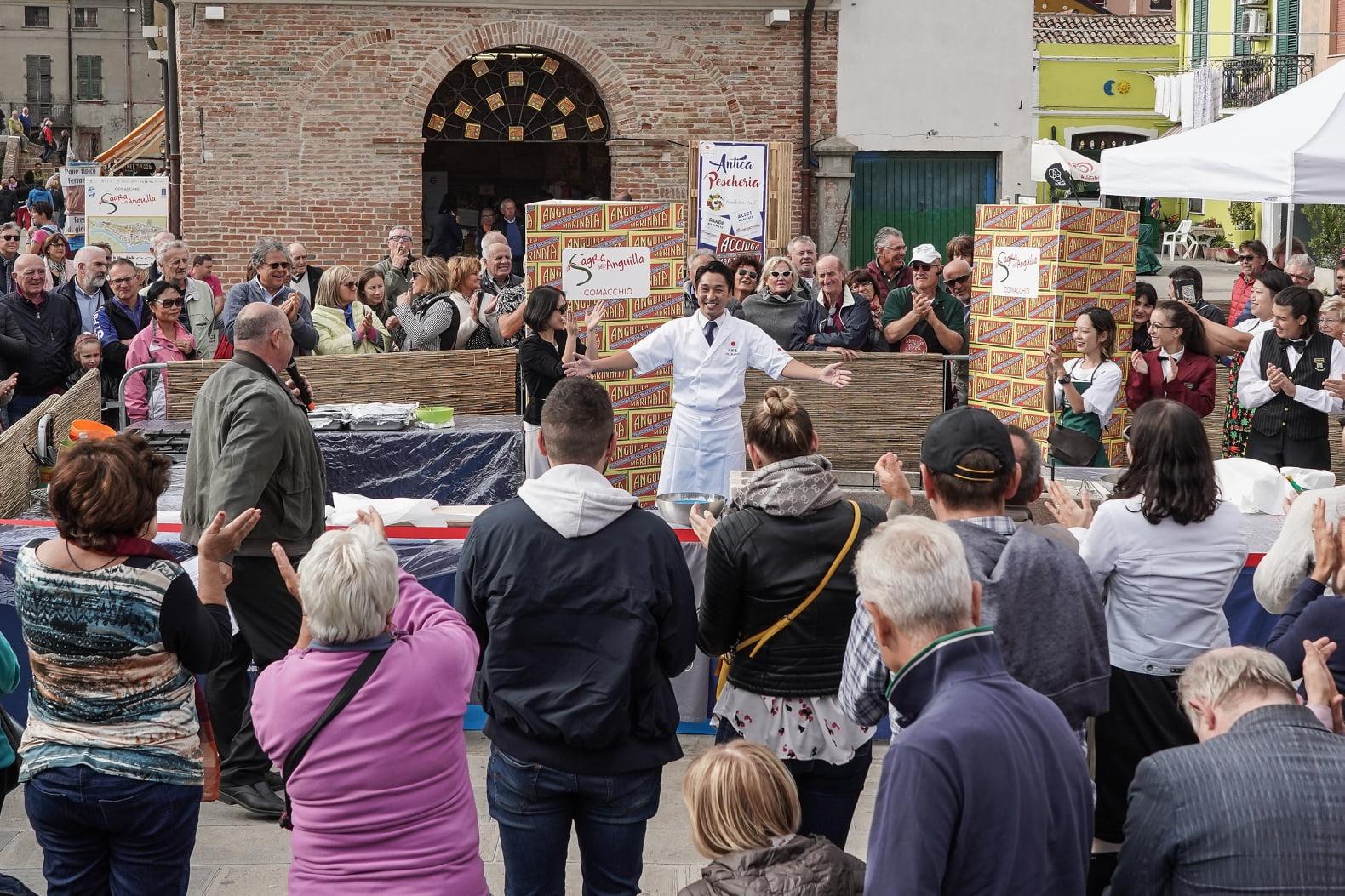
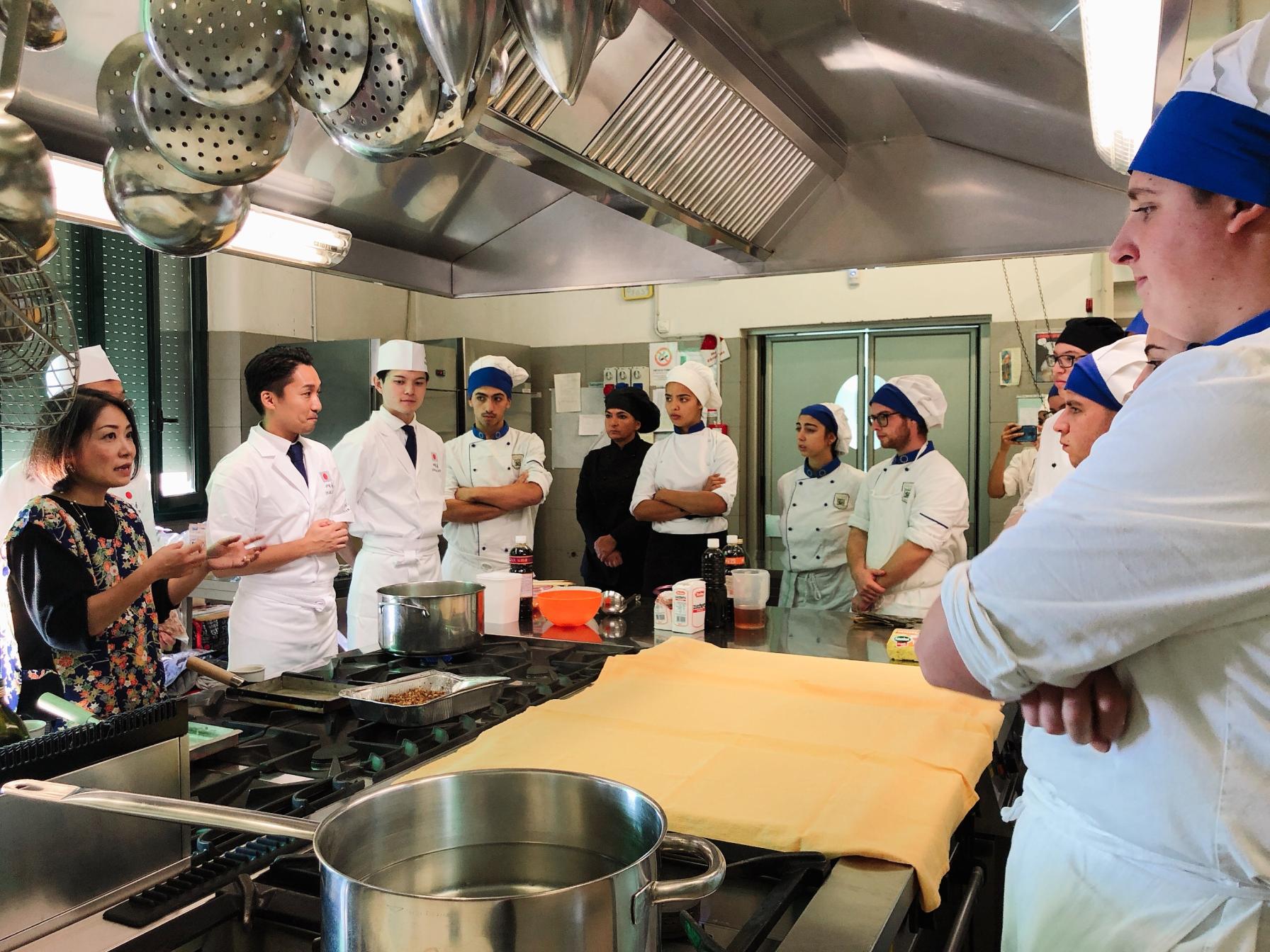
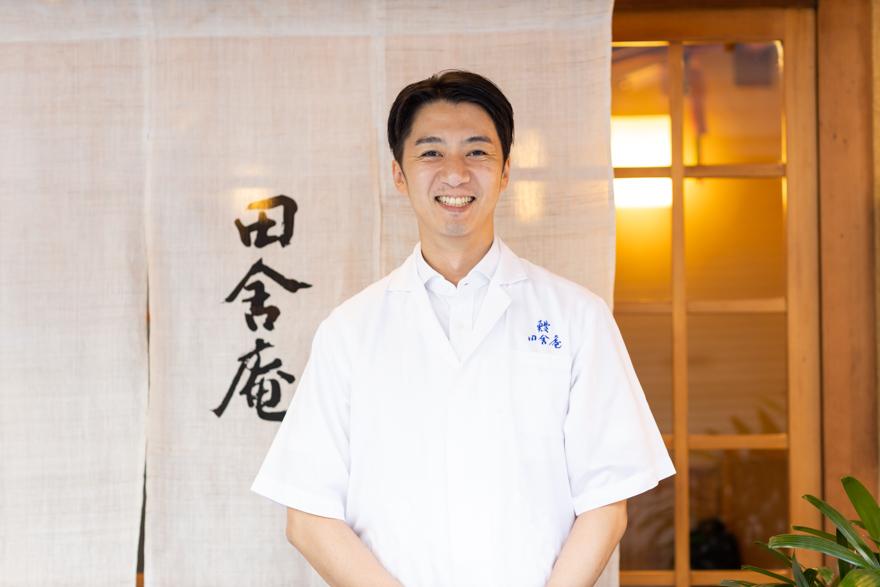
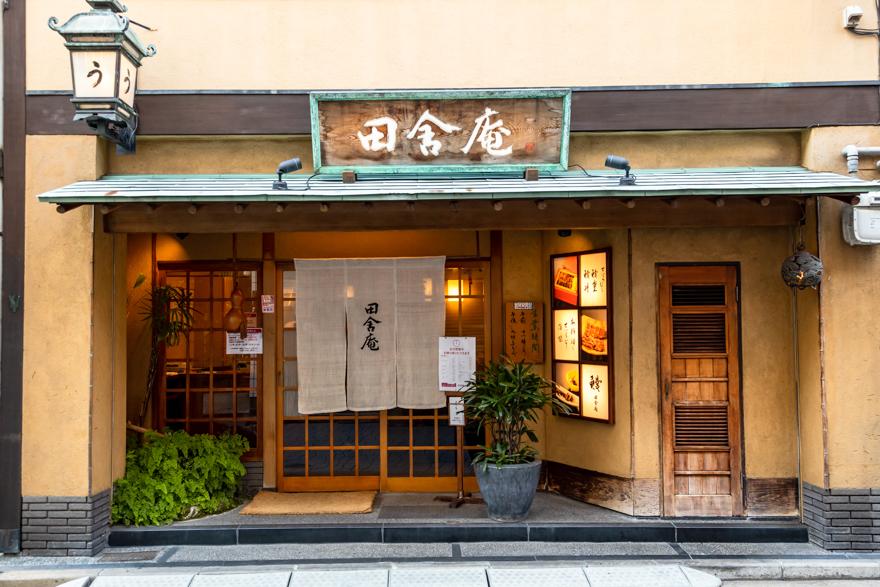
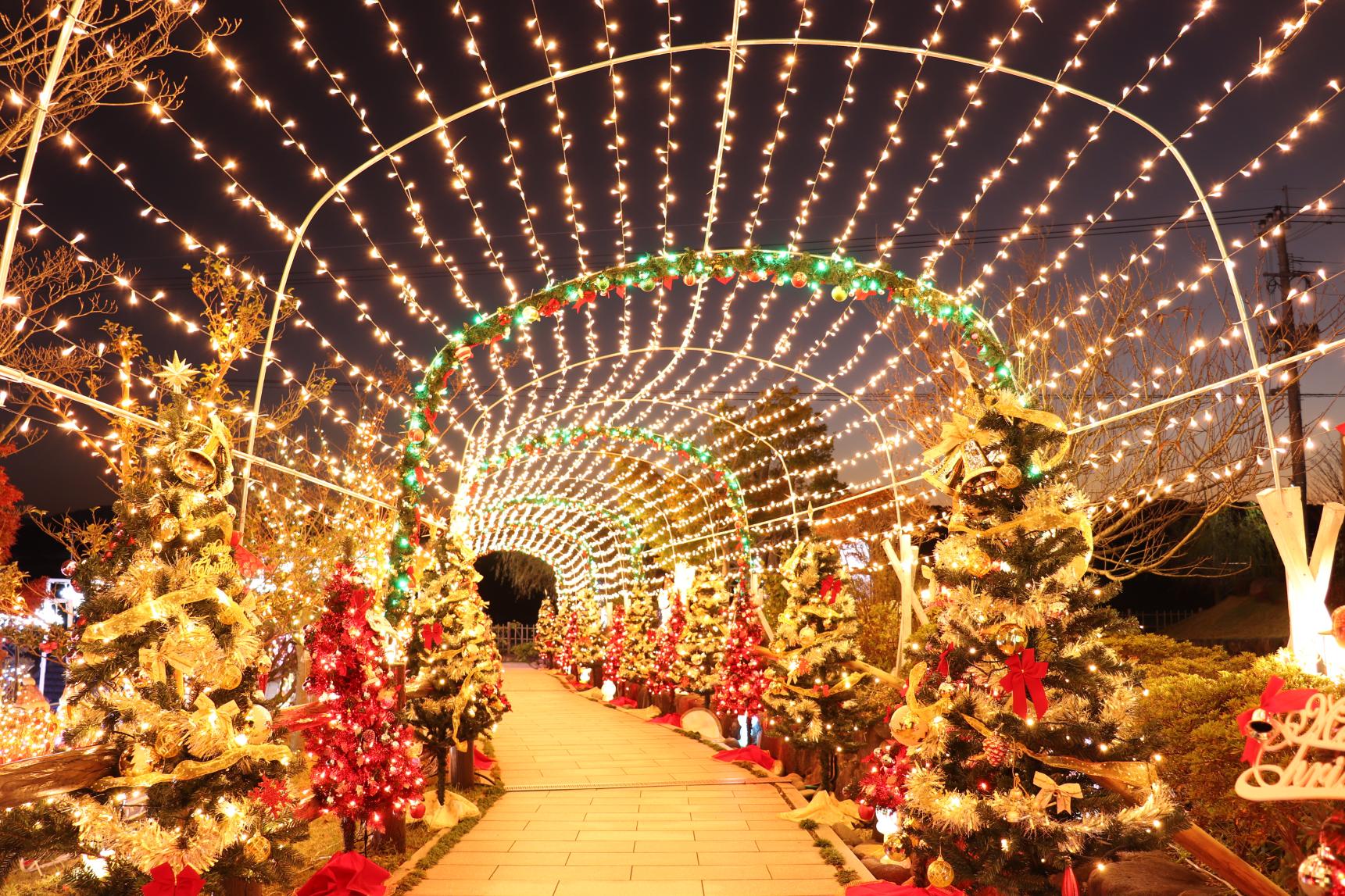
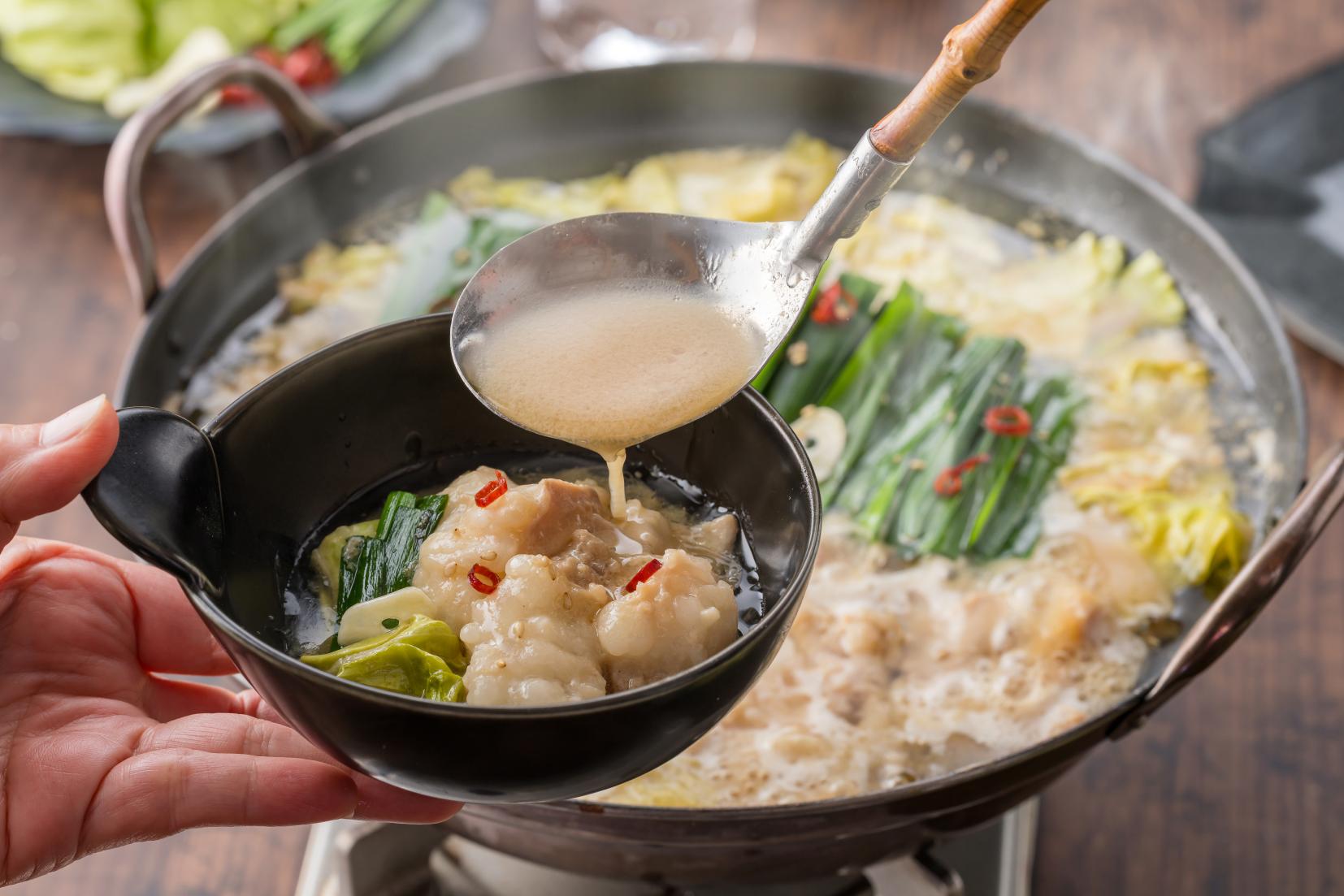
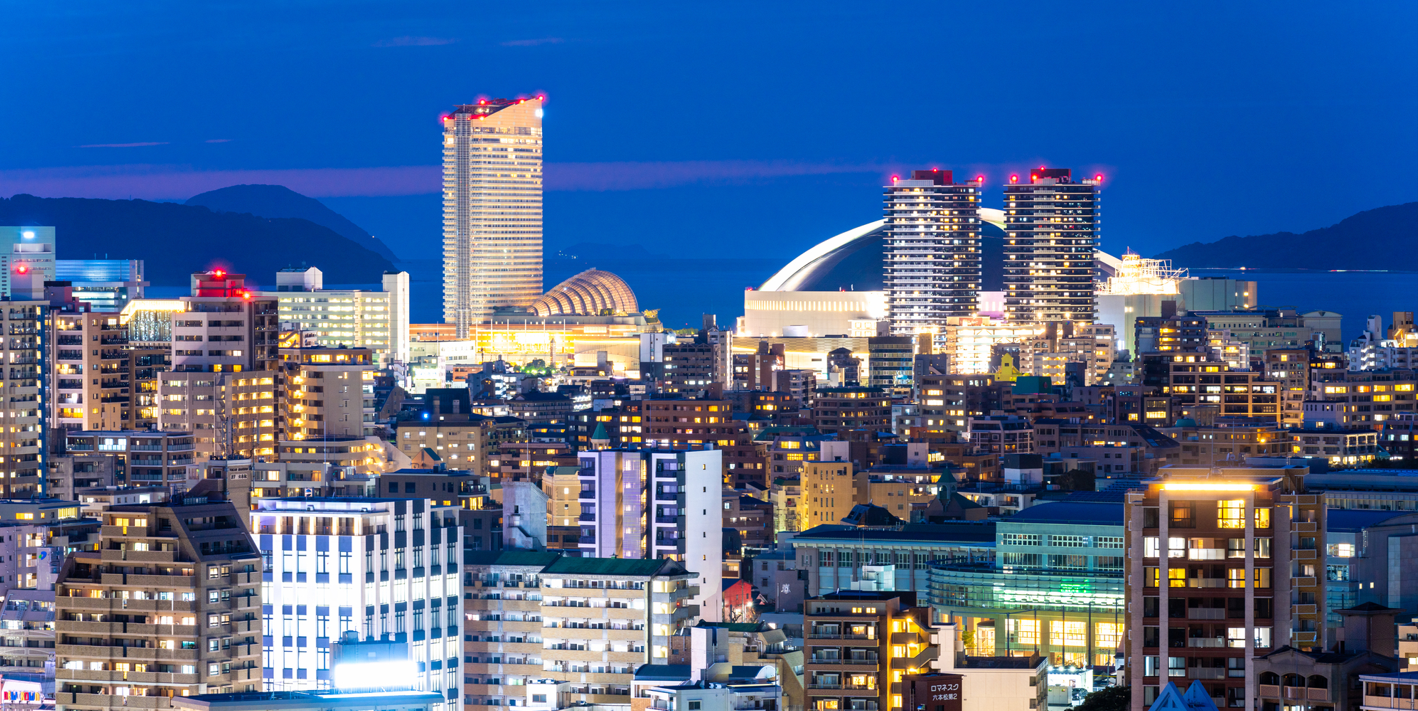
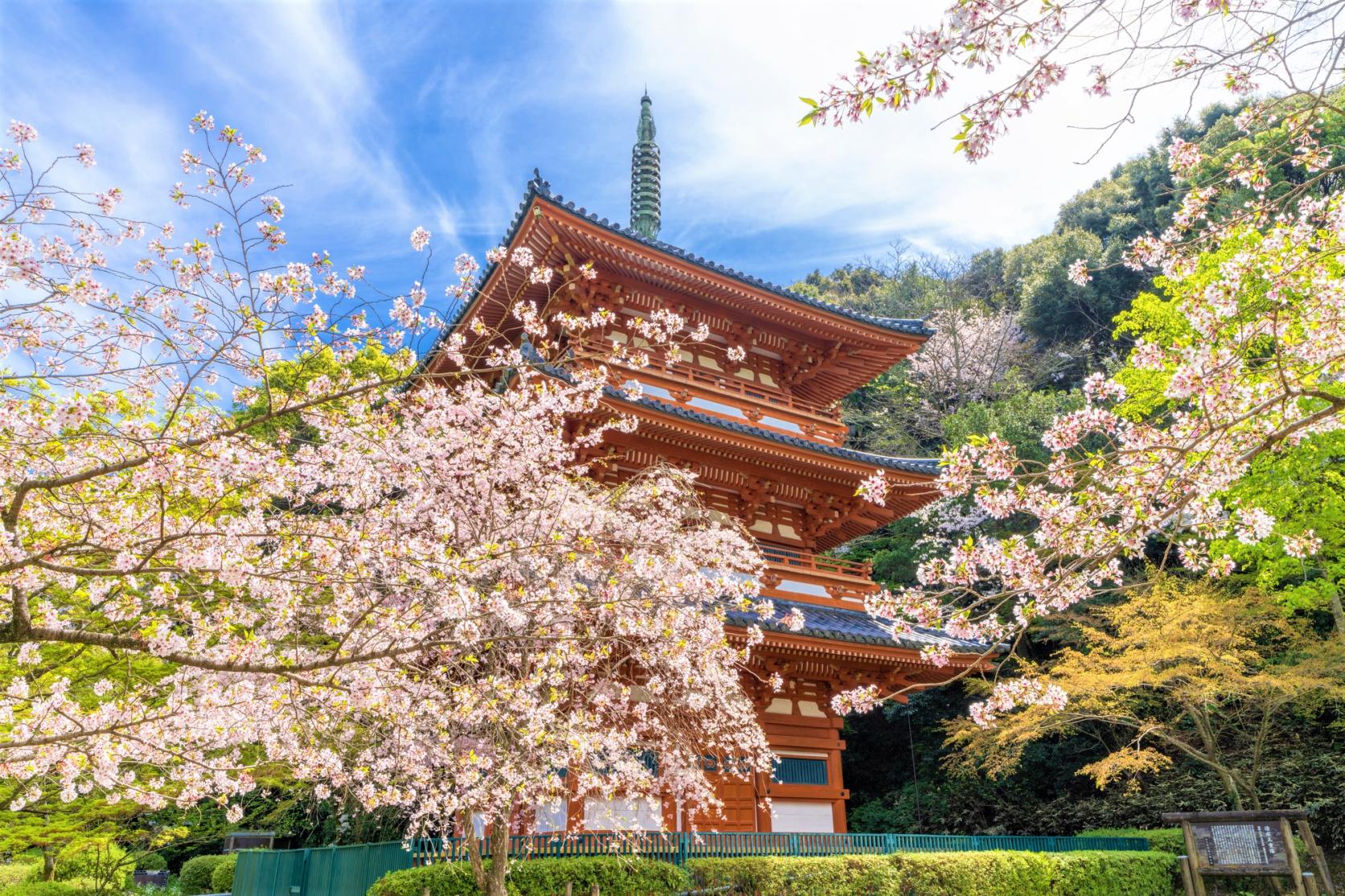
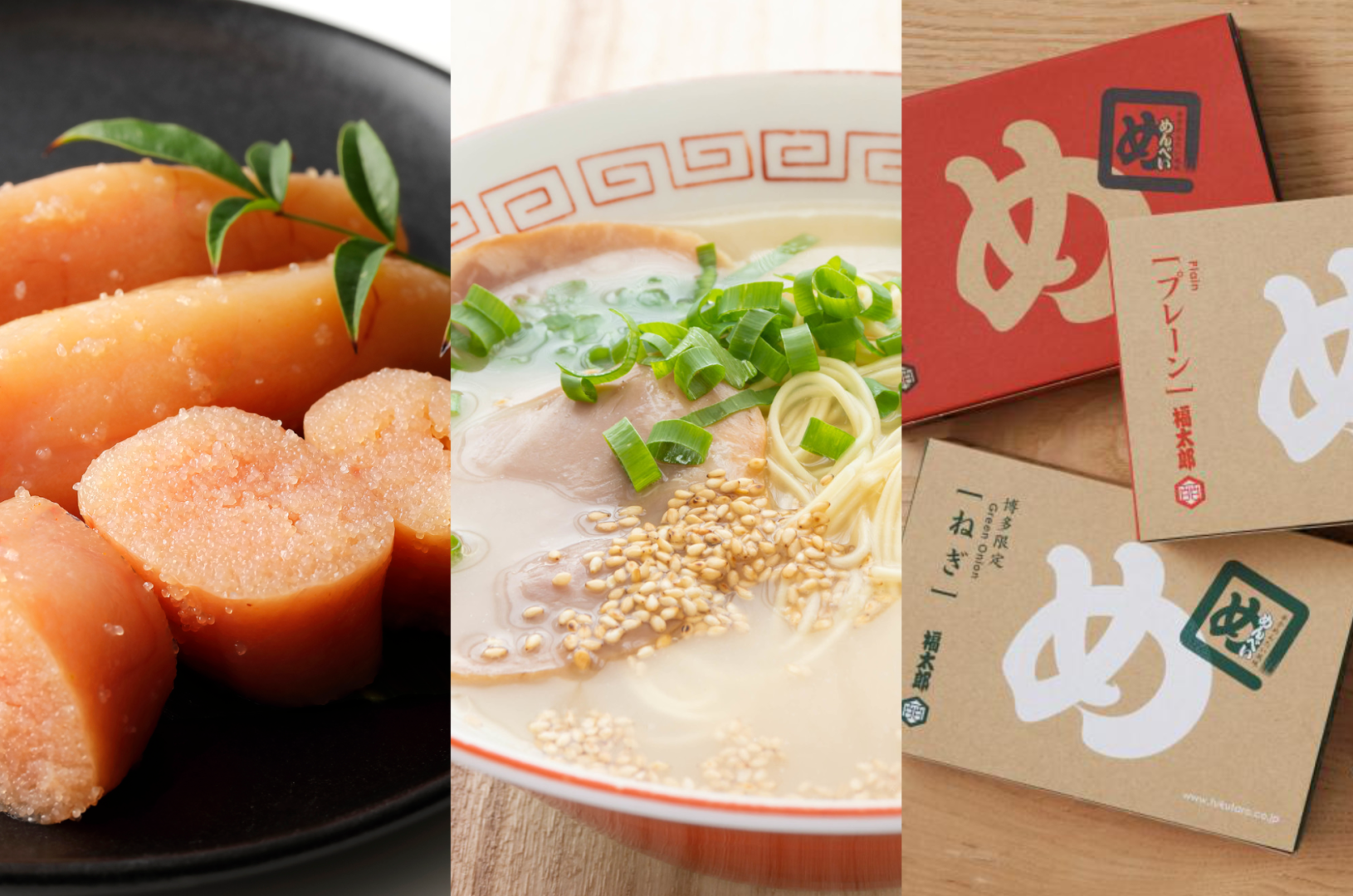
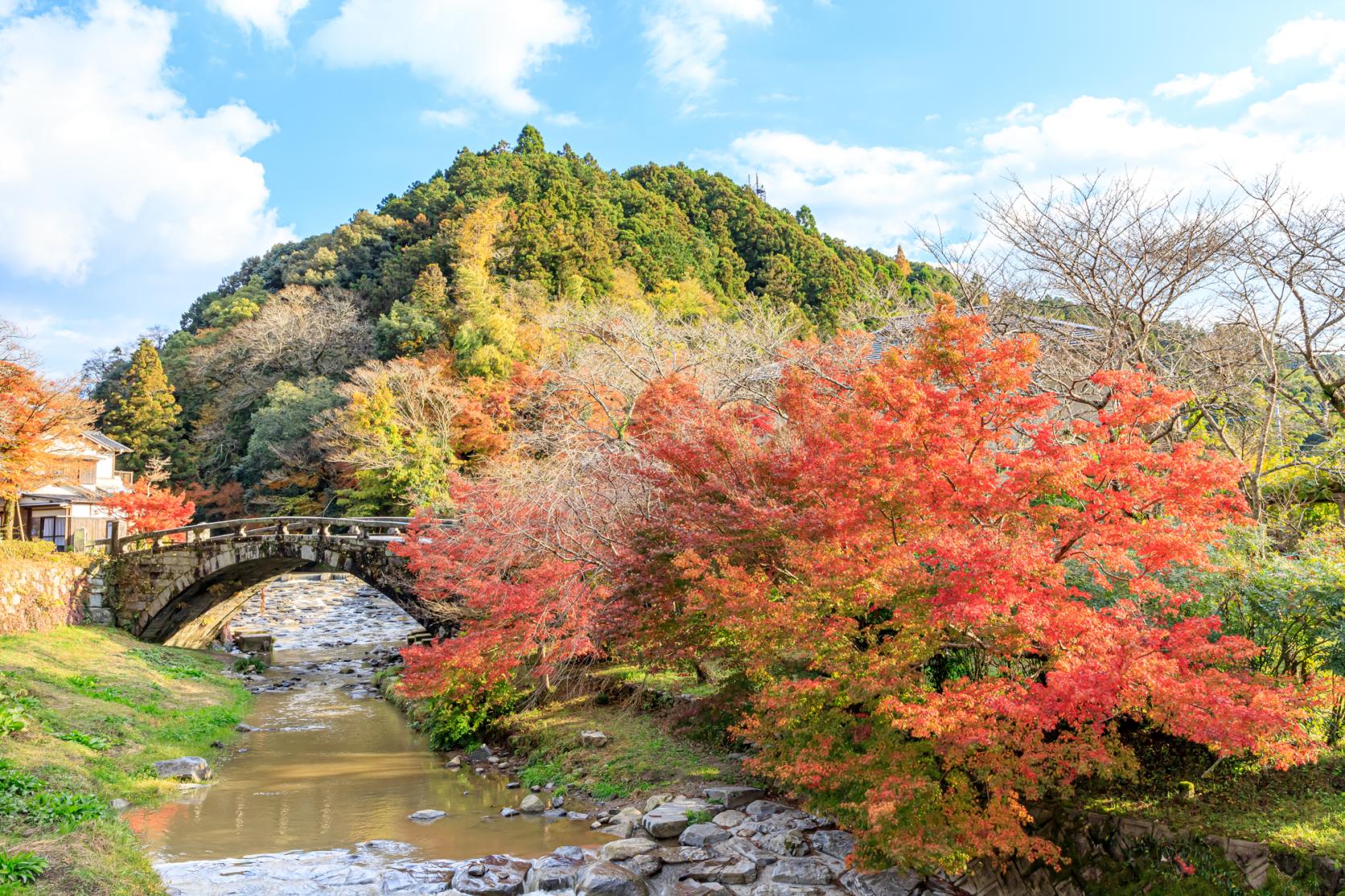

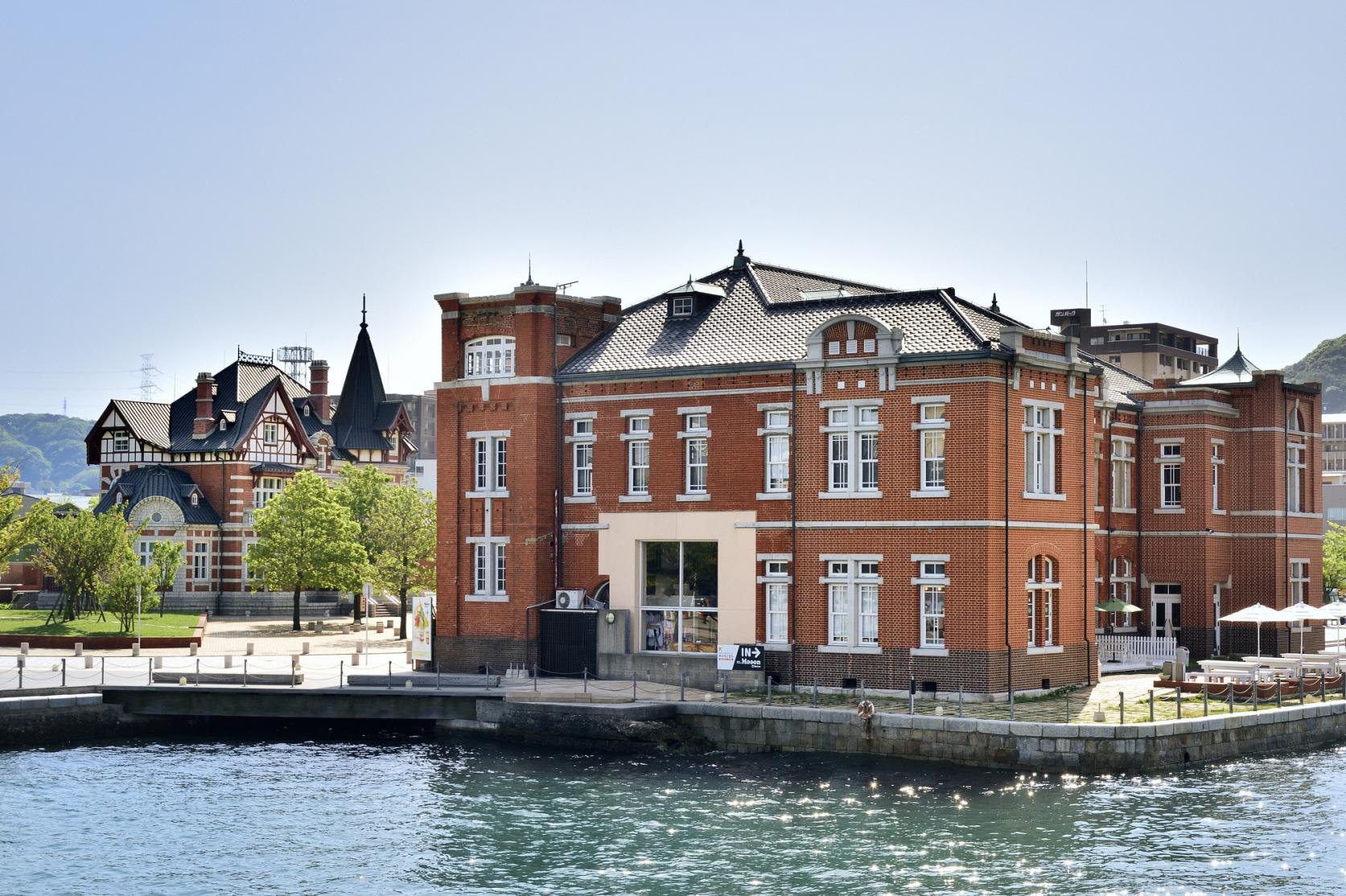
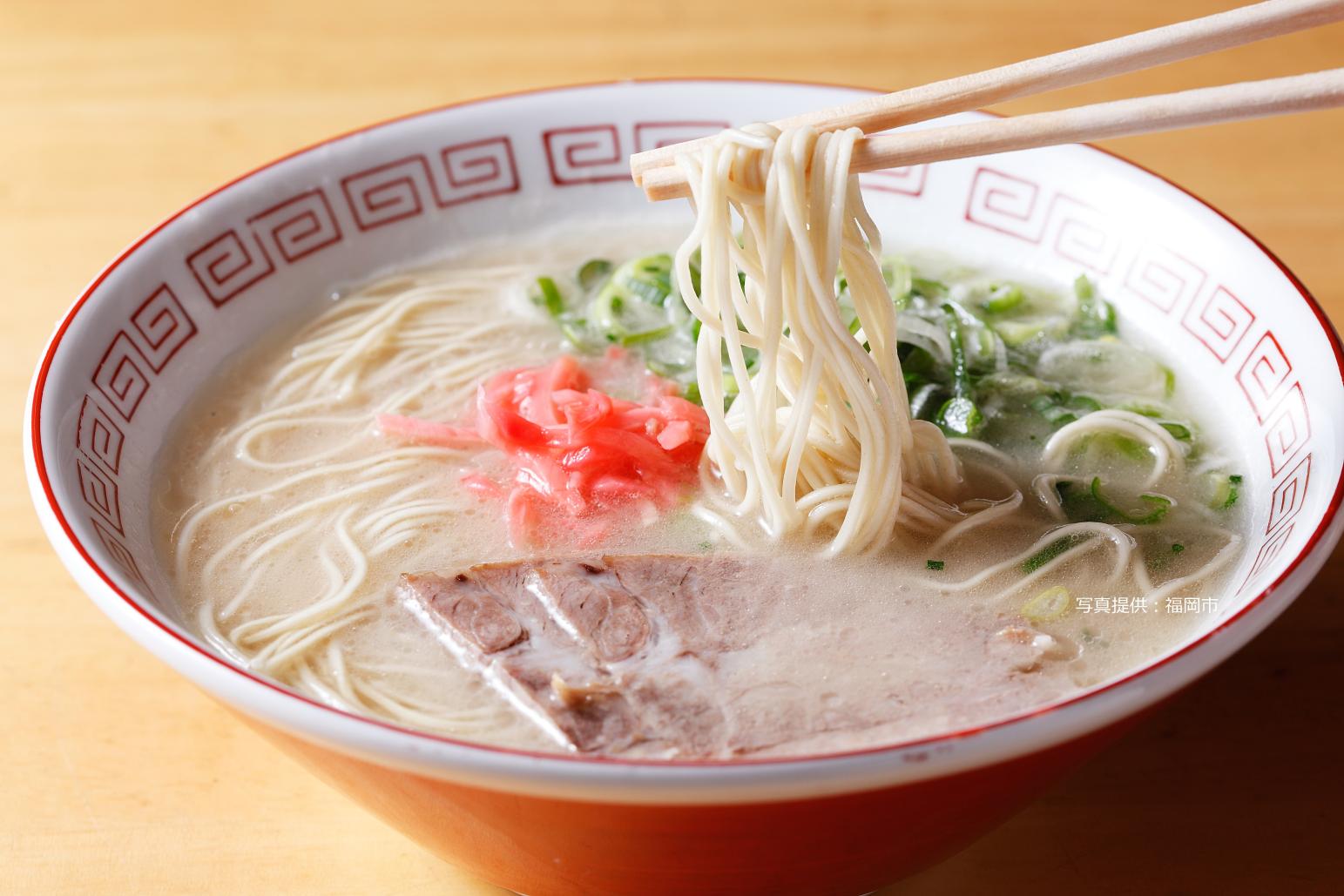
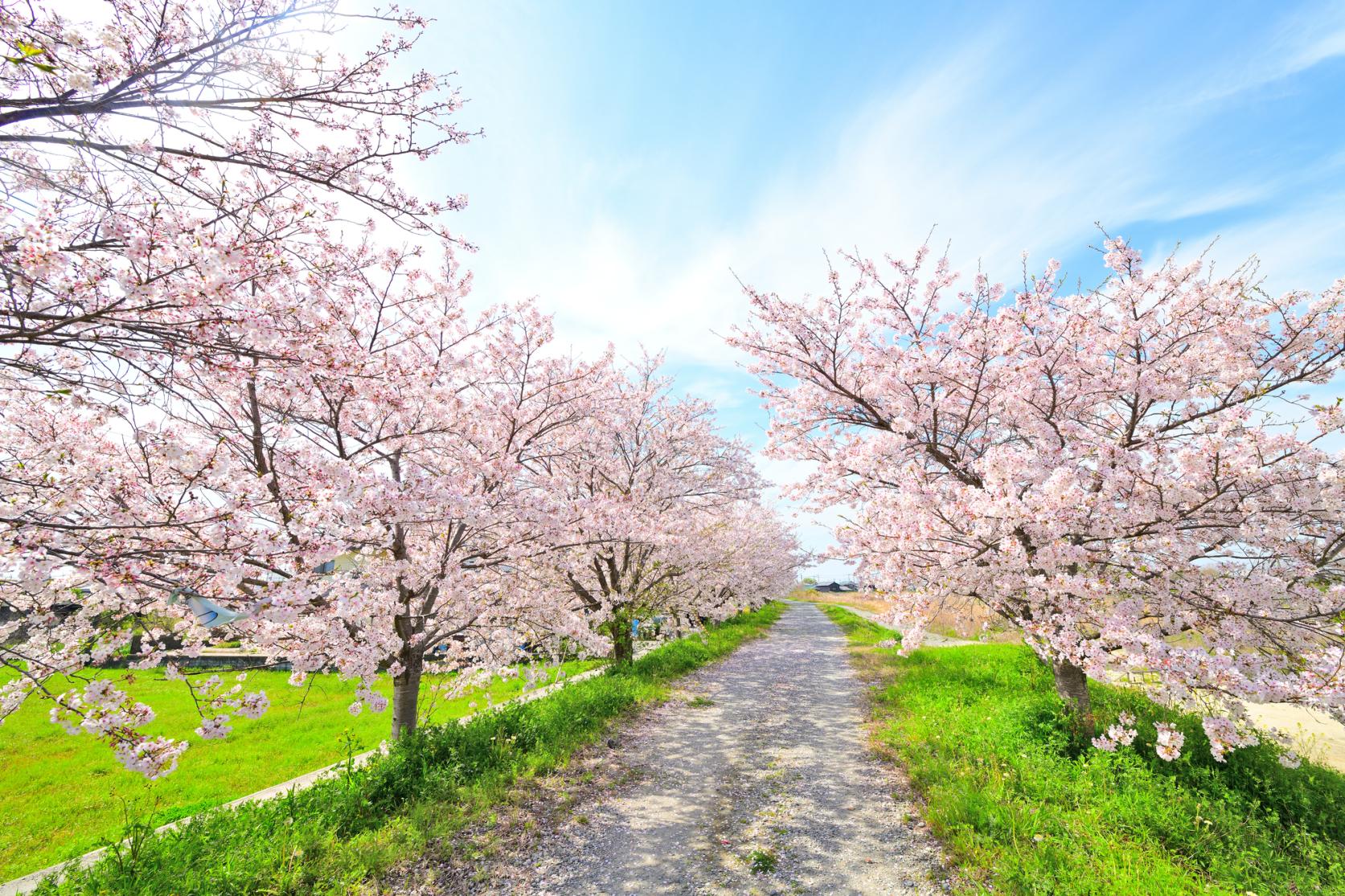
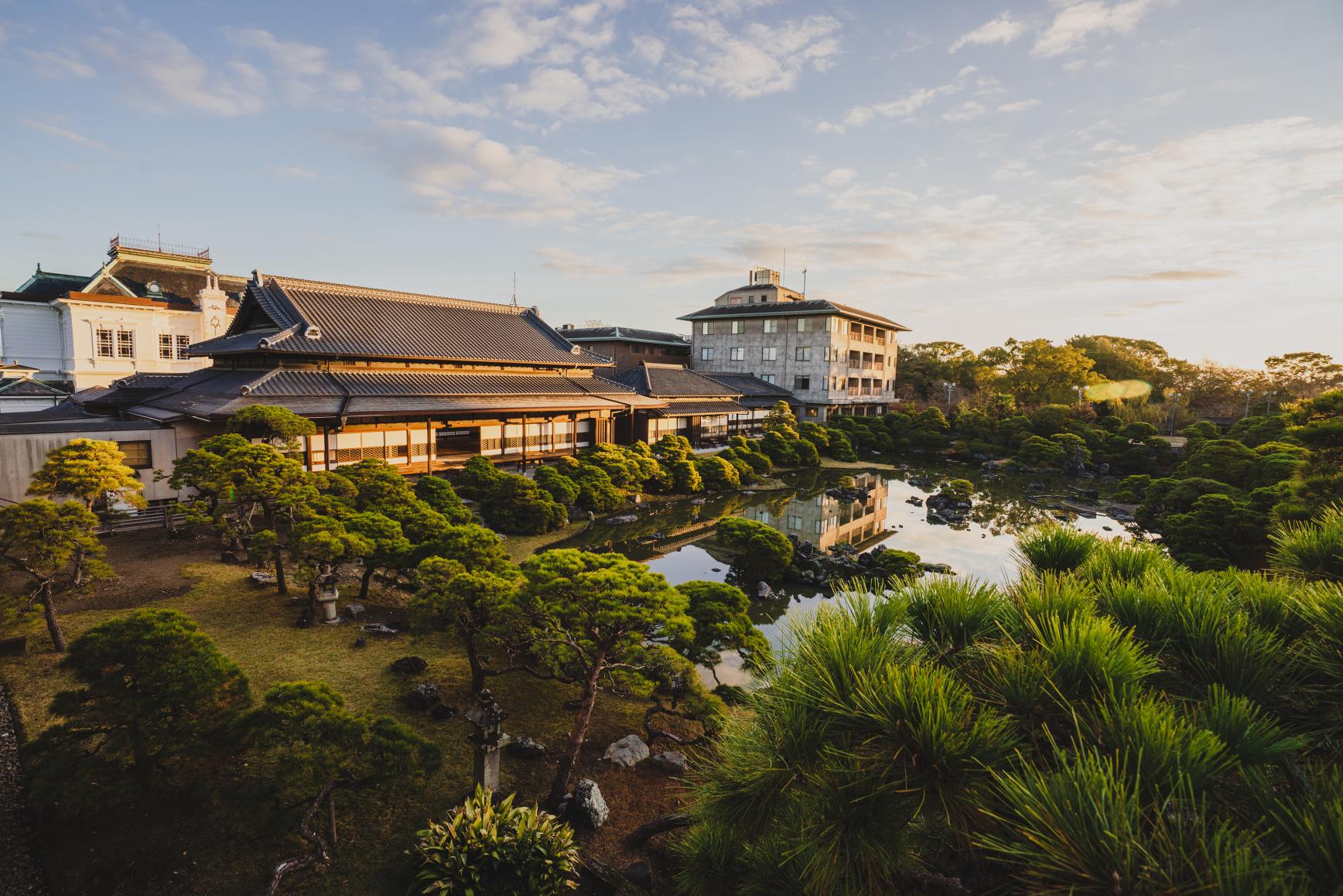
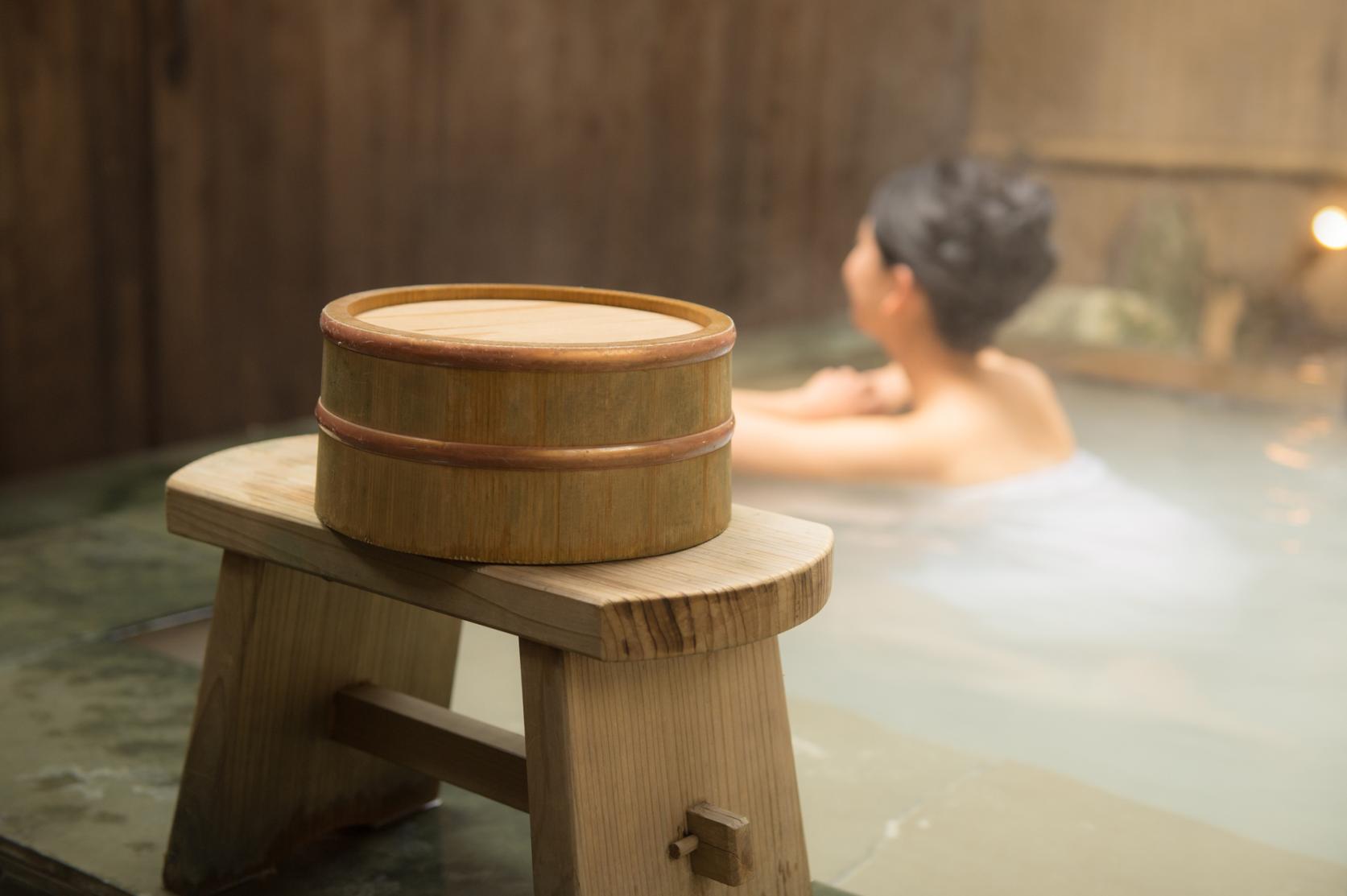
![[2025] Strawberry Picking Spots in Fukuoka-1](https://www.crossroadfukuoka.jp/storage/special_features/49/responsive_images/9ZHgrqvQdpH8tM4IRF54DXu0aPBF3YGGkj5WOTGc__1673_1115.jpg)
